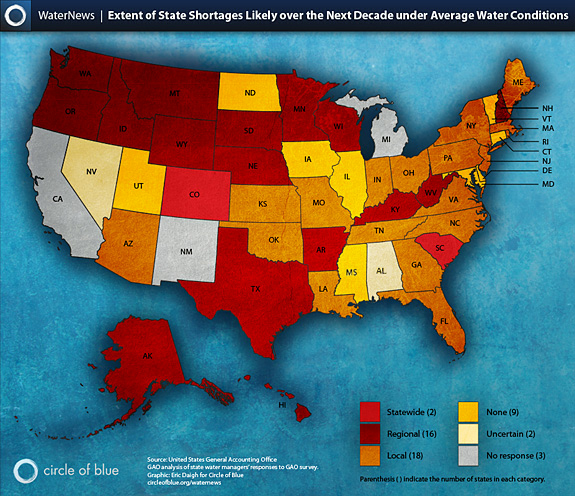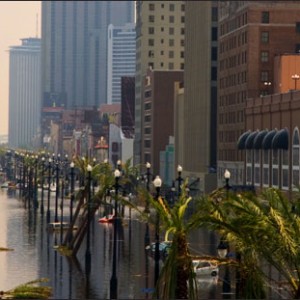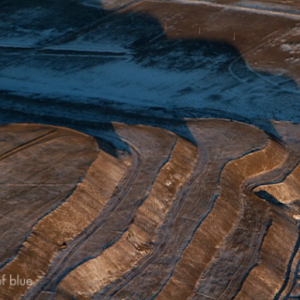The Stream, February 14: Rivers in the Sky
The National Oceanic and Atmospheric Administration has joined forces with NASA to study the “rivers in the sky,” the narrow regions in the Earth’s atmosphere that transport enormous amounts of water vapor, sometimes enough to flood an area the size of Maryland 1 foot (0.3 meters) deep.
Can water become a player in Afghanistan’s stability? In a country already ranked on the rock bottom of world food security charts, a severe drought in 2011 could leave millions starving and exacerbate the already volatile domestic affairs, U.S. forecasts show.
In neighboring Pakistan, poor water management — even before the catastrophic 2010 floods — has left the country’s water supply system in such dire state that Pakistan might now face extreme water shortages, The Budapest Report says. Can the flood recovery become an opportunity for a change?
Chile might consider energy rationing as a severe drought is draining many of the rivers that feed the country’s major hydroelectric dams.
As much as 10 percent of China’s rice might be poisoned with heavy metals from mining and industrial sewage, a Nanjing Agricultural University study says. China’s staple crop might be tainted with toxic cadmium and arsenic, among others.
And while most media are warning about a potential crop failure in China’s drought-stricken food bowls, The Financial Times offers and alternative read on China’s food security.
The Stream is a daily digest spotting global water trends. To get more water news, follow Circle of Blue on Twitter and sign up for our newsletter.
, a Bulgaria native, is a Chicago-based reporter for Circle of Blue. She co-writes The Stream, a daily digest of international water news trends.
Interests: Europe, China, Environmental Policy, International Security.





Thank you very much for the heads up. To add some context to this post, tropospheric rivers appear to have been researched for a while, see:
– Reginald Newell et al., «Tropospheric rivers? – A pilot study» (1992) Vol.19 No.24 Geophysical Research Letters pp.2401-2404;
– Reginald Newell and Yong Zhu, «Troposphericr ivers: A one-yearr ecord and a possible application to ice core data» (1994) Vol.21 No.2 Geophysical Research Letters pp.113-116.
Your post suggests that the ultimate object of the study is the modification of patterns for atmospheric water transport. The press release from the JPL does not suggest that.
If this is indeed the aim, I would be profoundly grateful if you could indicate references.
If flood or drought alleviation resulting from the manipulation of atmospheric rivers is your speculation, I would like to emphasise the importance of prevention and precaution before contemplating the massive environmental modifications you suggest. The ramifications of such operations are unknown and may have significant consequences.
Some scholars have already explored the legal framework potentially applicable:
– Edith Brown Weiss, «Management of weather and climate disputes», (1982-83) Vol.3 UCLA J. Envtl. L. & Pol’y 275.
– Edith Brown Weiss, «International Liability for Weather Modifications», (1978) Climatic Change 267.
– Lada Roslycky, «Weather modification operations with transboundary effects: the technology, the activities and the rules», (2003) Vol.16 Hague Yearbook of International Law 3.
Sir,
How do I save only this article or print without the other Rubbish.
Thanks.
Ken Chan